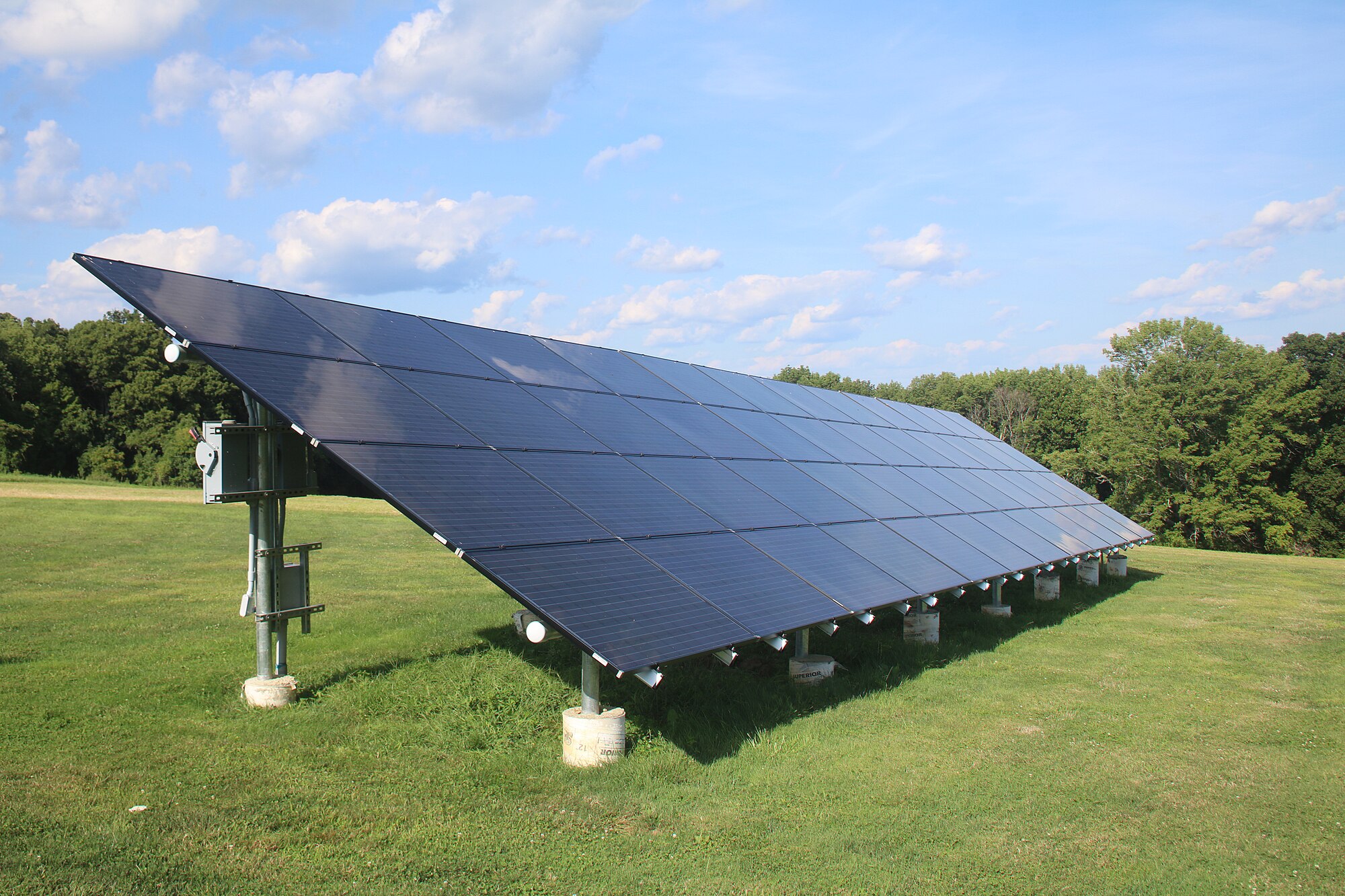BOSTON — Governor Maura Healey says she wants to drive down electric bills. But a newly released white paper detonates that narrative — revealing the real reason Massachusetts families are drowning in energy costs: state-mandated climate policies, not utilities.
For years, Massachusetts families were told their electric bills were rising because of utilities. But the data shows something far more explosive: the “normal” cost of electricity barely rose over the last decade. What exploded were the policy surcharges quietly buried in every bill — solar incentives, renewable mandates, carbon programs, and Mass Save surcharges.
Together, they have quietly morphed into a $4.4 billion annual system of hidden climate taxes.

“These findings confirm what many ratepayers already suspect,” said Paul Diego Craney, Executive Director of the Fiscal Alliance Foundation. “Massachusetts’ affordability crisis isn’t being driven by utilities, but by state law. Billions in policy charges are baked into the rates, and unless the Legislature reforms these mandates, costs will keep rising no matter how efficiently utilities operate.”
The damning math
For a typical household using 600 kWh per month, the basic, non-policy portion of the electric bill rose from $98 in 2014 to $145 in 2025 — an annual increase of just 3.6 percent, barely above inflation.
But the policy-mandated portion of the bill — the climate fees politicians rarely talk about — soared from $15 to $59 over the same period, growing 13.1 percent per year.
That means a decade of rising bills wasn’t caused by utilities mismanaging the grid. It was caused by policy surcharges buried in fine print.
By 2025, nearly one-third of every dollar on a residential electric bill wasn’t paying for electricity at all — it was funding climate mandates.
Healey wants more solar — but solar is driving the crisis
Just weeks ago, Governor Healey urged regulators to “slash unnecessary charges” while demanding more solar expansion across the state.

MASSDAILYNEWS
STAY UPDATED
Get Mass Daily News delivered to your inbox
But the white paper’s analysis undercuts that message completely: solar incentives are among the most expensive components of Massachusetts electric bills, guaranteed through above-market payouts, net-metering subsidies, and long-term incentive structures that rise automatically each year.
“Governor Healey’s plan to expand solar while promising lower rates contradicts the very data her own regulators collect,” Craney said. “More intermittent, taxpayer-subsidized solar projects don’t cut costs — they expand the same policy surcharges that have pushed electricity prices up by nearly 80 percent in the last decade.”
Every new solar project added under the current incentive structure means higher surcharges, not lower bills.
Billions spent — with little measurable climate impact
Massachusetts ratepayers now fund roughly $4.4 billion annually in climate-related programs such as the Renewable Portfolio Standard, RGGI carbon allowances, Mass Save, and multiple solar incentive programs.
Yet the white paper notes there is no clear correlation between these surcharges and regional carbon reductions. Most emission declines over the last decade came from market forces: coal plant retirements, federal regulations, and natural-gas efficiency — not from the expensive retail programs financed through electric bills.
Ratepayers are paying more, yet the programs charging them the most are not delivering proportionate environmental results.
Utilities aren’t the culprit — Beacon Hill is
Healey’s call for a “comprehensive rate review” targets utilities, but utilities aren’t the ones creating the surcharges. They simply administer state-mandated programs. They do not decide how many programs exist, how much they cost, what targets they must meet, or how the charges escalate.

The Legislature created these mandates. Agencies stacked new programs on top of old ones. And the cost burden was shifted directly onto families and businesses — line by line, surcharge by surcharge.
“Massachusetts has built one of the most complex and expensive climate-policy frameworks in the country yet remains among the least transparent about total costs,” Craney said. “Ratepayers deserve to know what they’re paying for and whether it’s making any measurable difference.”
Reform is finally being whispered — but far from certain
A new bill emerging in the Massachusetts House would cap Mass Save spending, scale back clean-energy mandates, and scrap the “social cost of carbon” calculation that inflates program budgets.
The proposal is a quiet admission from Beacon Hill that the system has spun out of control. But unless lawmakers tackle the mandates themselves, the surcharges will continue rising every year, automatically, regardless of what utilities do.
The bottom line
Massachusetts didn’t stumble into high electric rates. It engineered them.
- The basic cost of electricity barely increased.
- Policy surcharges quadrupled.
- Solar incentives supercharged the problem.
- And the Governor is demanding more of the most expensive programs on the bill.
Craney summed it up clearly: “This report is a roadmap for reform.” Whether Beacon Hill listens will determine whether ratepayers finally get relief — or whether bills keep climbing with no end in sight.
